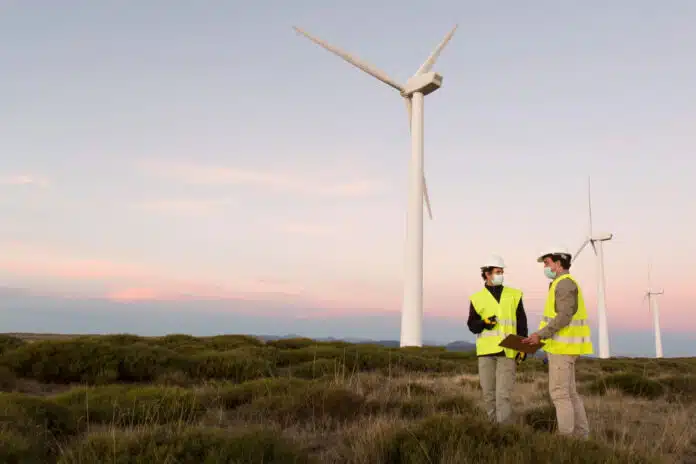
By Ashwini Sakharkar 15 Oct, 2024
Collected at: https://www.techexplorist.com/telescope-help-bring-renewable-energy-remote-chilean-communities/91135/
A new research published in Nature Sustainability reveals that implementing a renewable energy system for a telescope in Chile’s remote Atacama Desert has the potential to meet a whopping 66% of a nearby community’s energy needs. This not only offers a ray of hope for sustainable development but also has the potential for positive impact on other isolated infrastructure projects.
By integrating renewable energy sources into the design of the AtLAST telescope, we have the opportunity to introduce more sustainable energy systems to both the astronomical community on the Chajnantor plateau and the nearby residential areas. This move would significantly reduce the region’s dependence on fossil fuels and open up access to renewable energy resources.
What’s more, the research indicates that replicating similar energy systems at nearby telescopes could result in a substantial reduction of fossil fuel-based energy generation by 30GWh annually. This would lead to a significant cut in emissions by 18-24 kilotonnes of carbon dioxide equivalent while also paving the way for affordable renewable energy access for surrounding communities.
The Chajnantor plateau in the Atacama Desert, Chile is a mesmerizing hub for astronomical exploration, housing cutting-edge observatories like the Atacama Pathfinder Experiment (APEX) and the Atacama Large Millimeter/submillimeter Array (ALMA). These world-class facilities operate in splendid isolation, relying on diesel and gas generators for their power needs due to the area’s remote location.
Moreover, the Atacama Desert boasts unrivaled potential for solar energy projects, with its sky-high levels of solar irradiation. Despite being home to 85% of Chile’s solar energy developments, the local residents, known as Atacameños, bear the burden of higher energy costs compared to the capital region. Take, for instance, the town of San Pedro de Atacama, a top tourist destination, which had been solely reliant on diesel and natural gas generators until 2022, leading to frequent power outages.
It’s a paradox that the region’s abundant renewable energy is primarily channeled towards powering lithium mines and exported to other provinces while the local community grapples with energy challenges.
The researchers have uncovered an exciting possibility: using surplus energy from the AtLAST telescope to power San Pedro de Atacama. According to co-author Luis Ramirez Camargo, an assistant professor at Utrecht University’s Copernicus Institute of Sustainable Development, a solar renewable energy system designed for the telescope could potentially fulfill 66% of the electricity needs of San Pedro de Atacama without requiring additional capacities in PV or battery.
This innovative concept is rooted in the idea of “energy communities,” which brings together public, private, and commercial entities to collectively invest in or share energy infrastructure. It also emphasizes fair and transparent decision-making processes.
The researchers have actively engaged local residents and other stakeholders to gather their input on creating a more sustainable energy system in the San Pedro de Atacama area. This collaborative approach aims to address the challenges and opportunities for building a cleaner, more efficient energy system.
“Allowing those who are truly affected to participate in the discussion and be able to influence decision-making is essential to arrive at just, locally applicable solutions for the energy transition,” says lead author Guillermo Valenzuela Venegas, a researcher at the University of Oslo.
“Distributing benefits to multiple stakeholders through an energy community can lead to a more socially accepted and just energy transition,” says Ramirez Camargo. “Our research shows that astronomy can lead by example in the urgent transition to an equitable net-zero world, keeping our planet habitable and ensuring no one is left behind.”
Journal reference:
- Guillermo Valenzuela-Venegas, Maria Luisa Lode, Isabelle Viole, Alex Felice, Ander Martinez Alonso, Luis Ramirez Camargo, Sabrina Sartori & Marianne Zeyringer. A renewable and socially accepted energy system for astronomical telescopes. Nature Sustainability, 2024; DOI: 10.1038/s41893-024-01442-3

Leave a Reply